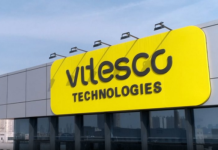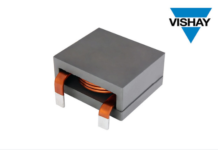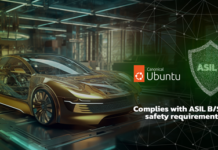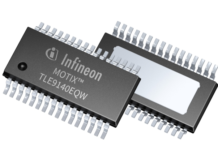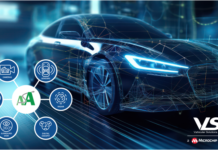
Engineers have been developing the “connected car” for nearly as long as the modern internet has existed. GM’s OnStar, started in 1995 and launched in 1996, alerted first responder personnel to shorten their response times following a crash. OnStar’s utility was apparent, leading competitive OEMs to follow suit by adding new safety assist features like ongoing vehicle diagnostics and breakdown assistance. By 2015, 20 years after its first generation, OnStar had reached 1 billion assists, quantifying the widespread acceptance of the technology.
As the IoT and 5G expand, the technology and applications to connect the car continue to advance. Examples of these added connections for the vehicle include vehicle-to-vehicle communication (V2V), non-passenger humans, the cloud, and more. Increasing the number of connection points with its surroundings is critical, especially as autonomous and electric vehicles come to dominate the market.
The ability to connect to our surroundings will be the key to the success of autonomous vehicles. While the connection technology will be compatible with both engine types, hydrogen fuel cells and battery-powered cars will push to capitalize on the technology to gain market share.
Battery Electric Vehicles (BEV)
Electric drivetrains can leverage connectivity as part of a more significant digital revolution in transportation systems. Historical connected features have been mainly user- and maintenance-centered, such as navigation and diagnostic indicators. However, battery-powered vehicles will use connectivity to enhance the performance and sustainability of the car itself.
Using AI, the car can continuously assess the battery and car performance and send engine data to a processing hub for analysis. The processor then sends corrective measures back to the engine, which can optimize the battery’s power draw and the car’s operating behavior to maximize battery power efficiency. In addition, the connected vehicle can receive data from the terrain, allowing it to tailor its power to ensure the car will make it to a charging station if needed. The best part is that the car’s processors optimize all the connected features while driving. In addition to battery power management, other performance-enhancing applications for battery-powered vehicles—like the ability to improve load management and autonomous functions—demonstrate the robustness of the technology.
A significant advantage over hydrogen fuel cells is the cost. At present, hydrogen is around $0.21/mile, while batteries are $0.04/mile.
Hydrogen Fuel Cell Electric Vehicles (FCEV)
Like battery-powered vehicles, hydrogen fuel cell cars will also employ connected technology for a wide range of uses. However, managing refueling would be slightly different from monitoring batteries. In addition, there will likely be fewer hydrogen filling stations centered in densely populated areas than a larger coverage area for electric charging stations.
A dividing line for hydrogen vs. batteries seems to be in heavy-duty applications. The number of batteries needed to power larger vehicles may become prohibitive due to their relatively low energy density (energy provided per unit of component mass) compared to hydrogen. A high number of batteries increases the vehicle’s weight, reducing the range. Hydrogen has a lower energy density, making it a smart choice for large connected cars.
Another consideration is hydrogen’s wide explosivity range, from 4-94 percent in oxygen environments. While safety will always be a concern with a combustible fluid, connected vehicles could incorporate features to monitor local H2 concentrations, adding another layer of safety over the standard features.
While hydrogen is, at the moment, more expensive, a significant benefit FCEVs enjoy over BEVs is the charge time. Hydrogen takes under five minutes for a vehicle to fill up. BEVs, however, require about 60 minutes to reach only 80 percent charge. And as connected cars offer more and more passenger features such as climate-controlled seats, infotainment, and ever-increasing autonomy, the power requirements will continue to increase. Thus, while charge time is a significant point of emphasis for manufacturers and a target for fund allocation from the infrastructure bill, it will take time and strategy to grow EV charging station coverage to match vehicle market penetration.
Takeaway
While neither batteries nor hydrogen offers all the answers, both of these renewable power sources unlock more of the capabilities of a connected car while propelling the global transition to electric vehicles. By now, consumers expect new cars to connect to the internet and to improve their efficiencies passively. Coupled with that, both OEMs and consumers want autonomy to expand to improve safety and reduce traffic congestion. Because of that, the transportation grid will need vehicles to be connected to function. Thus, how EV manufacturers address and implement connectivity to their preferred drive trains will ultimately determine whether they win in the market.
The article is first published in Mouser Electronics Blogs.



